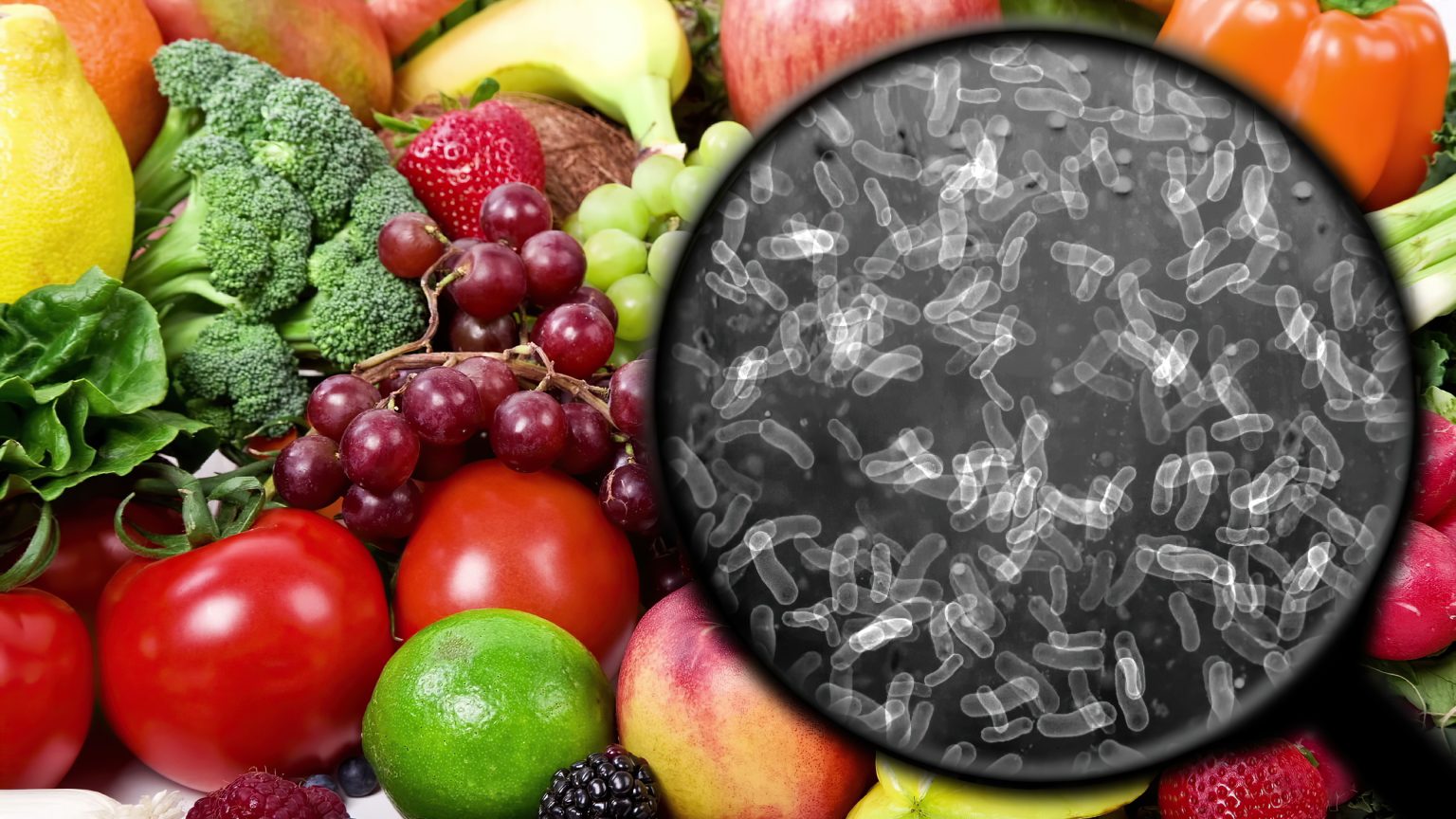Researchers have been diligently working to enhance our understanding of potential sources of cross-contamination in ready-to-eat food production facilities and the factors influencing the survival of bacterial populations in these settings.
Scientists from the Quadram Institute and the UK Health Security Agency have uncovered that bacterial populations persist on the factory floor despite cleaning efforts in ready-to-eat food production facilities.
In 2019, six fatalities resulted from a listeria outbreak caused by contaminated ready-to-eat foods served in numerous hospitals across the UK. In response, scientists are conducting crucial research to grasp how these pathogens endure in ready-to-eat food preparation environments.
Listeria monocytogenes, a foodborne bacterium, induces an illness known as listeriosis. Symptoms for healthy individuals include a high temperature, aches, and pains, as well as feeling or being sick. However, infection in pregnant individuals, the elderly, or those with compromised immune systems can lead to fatalities.
Therefore, ensuring food safety is paramount within the food industry. Nevertheless, despite well-implemented strategies to disinfect facilities and manage microbial risks, microbes like listeria can breach food safety barriers and contaminate food products. This poses a significant risk in ready-to-eat foods, as consumers do not typically heat these foods before consumption, which would otherwise kill contaminating bacteria. Despite this peril, minimal research has delved into understanding bacteria in ready-to-eat food production environments.
Researchers aimed to comprehend potential sources of cross-contamination and factors contributing to the survival of L. monocytogenes in these environments, particularly the communities of other microbes that support and shield it.
Beginning by sampling the floor of a ready-to-eat food factory where L. monocytogenes had been recurrently detected in specific non-food contact areas, they sampled different sites: a preparation area, where ingredients were stored at 4°C, and a production area, where food was assembled and packaged, maintained at 10°C. Over 10 weeks, they aimed to gauge changes in bacterial communities over time, sampling sites before and after cleaning. Subsequently, they cultured and genetically analyzed the samples to identify present bacteria and their proportions.
Results revealed that populations of bacteria coexisting with L. monocytogenes remained stable over time and had adapted to factory floor conditions, including food safety controls. Maria Diaz from the Quadram Institute and lead of the study explained, “As L. monocytogenes is supported by a stable community of other bacteria, we may now need to develop new strategies to alter the whole bacterial population to effectively eliminate the pathogen.”
While overall bacterial populations and proportions remained stable pre- and post-cleaning, Diaz emphasized that cleaning efficacy should not be discounted: “The populations are very stable, and cleaning is not shifting the composition—it’s not letting one bacterium grow over another. After cleaning, bacterial numbers decrease, and bacterial load is reduced, mitigating cross-contamination risks.”
Notably, there was a noticeable disparity between different factory areas at various temperatures, suggesting highly adapted bacterial populations to diverse factory environments. This indicates that present bacteria are established populations rather than introduced from external sources, as populations remained stable despite personnel movement.
Though listeria was under control during sampling, this research aids in understanding diverse microbe communities across ready-to-eat food facilities. Researchers hope insights into listeria survival could refine laboratory testing of cleaning methods. Diaz added, “Thanks to this research, we can better understand the lifestyle of this pathogen and start to develop laboratory models that allow us to investigate new ways of killing listeria.”
